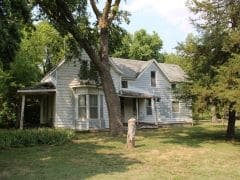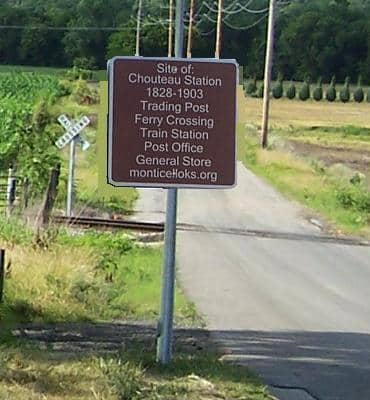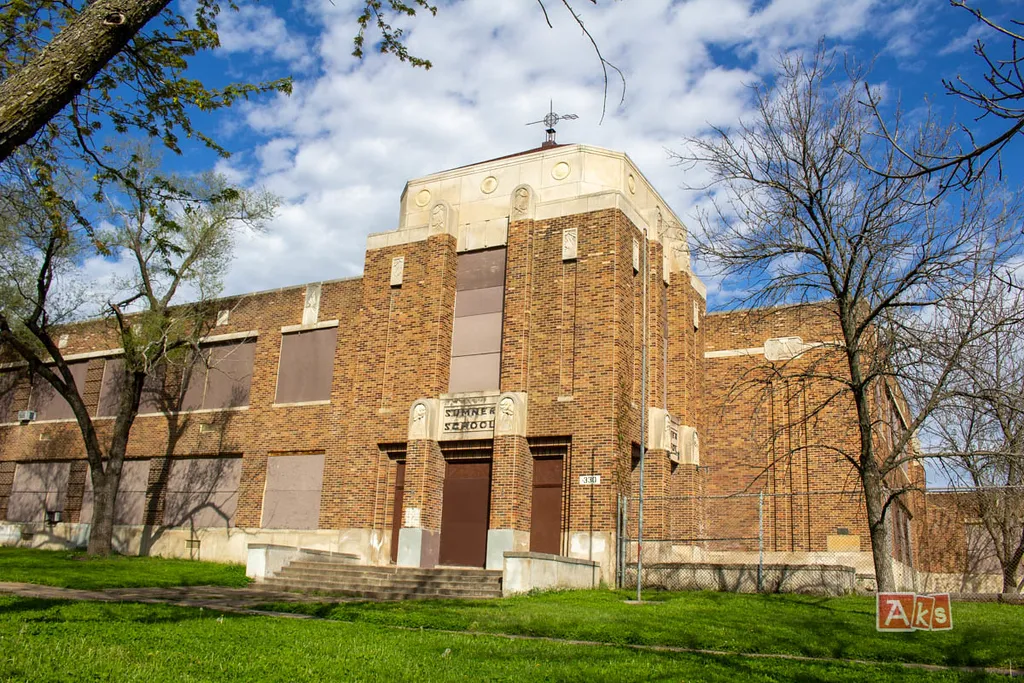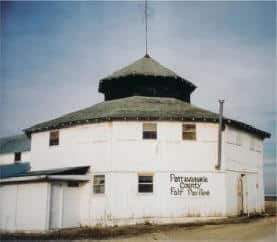Endangered: Ark City Office Building
This 1929 Art Deco style office building is the tallest building in downtown Arkansas City. The structure served as the commercial anchor downtown for much of the 20th century. It was a hub of activity with street-level cafes and shops and upper-level professional offices. It is listed in the National Register as a contributing resource …
This 1929 Art Deco style office building is the tallest building in downtown Arkansas City. The structure served as the commercial anchor downtown for much of the 20th century. It was a hub of activity with street-level cafes and shops and upper-level professional offices. It is listed in the National Register as a contributing resource …







